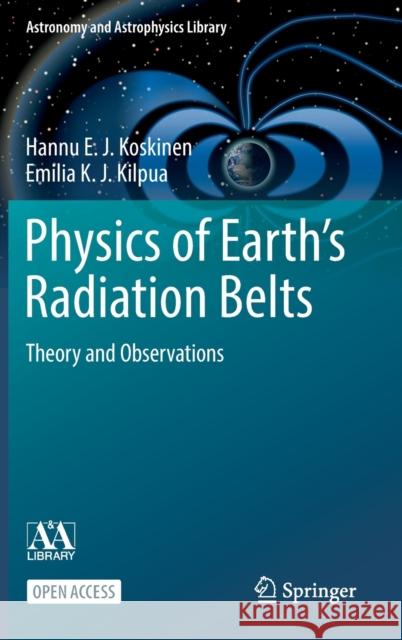Physics of Earth's Radiation Belts: Theory and Observations » książka
topmenu
Physics of Earth's Radiation Belts: Theory and Observations
ISBN-13: 9783030821661 / Angielski / Twarda / 2021 / 290 str.
Physics of Earth's Radiation Belts: Theory and Observations
ISBN-13: 9783030821661 / Angielski / Twarda / 2021 / 290 str.
cena 201,72 zł
(netto: 192,11 VAT: 5%)
Najniższa cena z 30 dni: 192,74 zł
(netto: 192,11 VAT: 5%)
Najniższa cena z 30 dni: 192,74 zł
Termin realizacji zamówienia:
ok. 22 dni roboczych
Bez gwarancji dostawy przed świętami
ok. 22 dni roboczych
Bez gwarancji dostawy przed świętami
Darmowa dostawa!
Kategorie BISAC:
Wydawca:
Springer
Seria wydawnicza:
Język:
Angielski
ISBN-13:
9783030821661
Rok wydania:
2021
Wydanie:
2022
Numer serii:
000030573
Ilość stron:
290
Waga:
0.59 kg
Wymiary:
23.39 x 15.6 x 1.75
Oprawa:
Twarda
Wolumenów:
01
Dodatkowe informacje:
Wydanie ilustrowane











